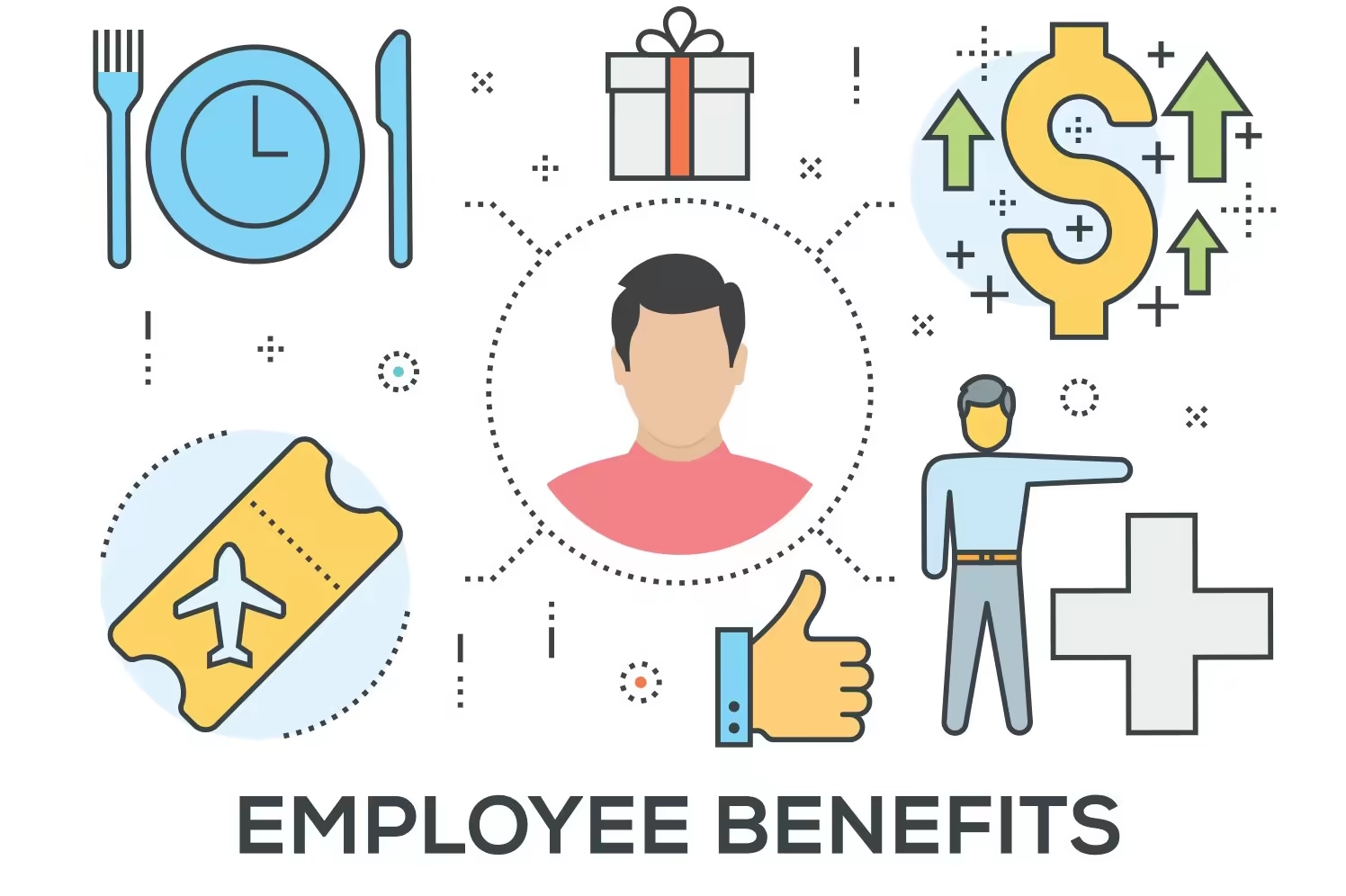In the world of employee benefits, things are changing rapidly. With businesses moving from large offices to solely working from home, employee benefits must change to reflect the world we live in.
Today, CEO Todd Taylor is going to explain what changes are coming to the employee benefits space and what to expect in the year 2024 and beyond.
Are you ready to learn more about employee benefits trends?
Let’s get started.
Changes Coming to Employee Benefits Space
1. More companies will offer flexible or work-from-home options
During the pandemic, many companies were forced to shut their offices and start having their employees work from home. This shone a light on the lifestyle that could be possible for a lot of employees who were previously office workers.
Now, companies are asking their employees to come back to the office, but the employees have the upper hand in this scenario. With many employees simply opting to move to another company that allows work-from-home options, many companies will likely start offering more flexible solutions to allow a hybrid of work-from-home and in-office work.
And when some employees can’t work from home, businesses are working to make their workspace a more comfortable space. We already see huge companies like Google utilizing these trends, and with the focus on the comfort of employees, we’re starting to see companies understand that they can’t keep their employees locked in an office for years without any benefits.
2. Furthering education
Many companies are realizing that they can educate their existing staff rather than find a new hire, which can take a lot of money to acquire considering all the expenses, like training and recruiter fees.
With companies willing to invest in their staff, it’s giving the option to current employees to continue their education as long as they stay within the company for a certain amount of time. This can lead to furthering the development of relations with the company and the employees and building leaders over time.
With the investment made into the current staff that you already have, it can create a positive space for employees to know that they can grow within the company, and further their education to boot.
3. Better healthcare coverage
With healthcare costs increasing by over 110% in the last few years, health coverage is going to be stable in employee benefits packages. Taylor Benefits, a leader in employee benefit packages, is an example of how companies can save money for their long-term employees.
With multiple employees, it’s possible to get multiple people on the same plan, and drastically reduce the pricing. Some companies however are realizing that some of these plans may limit certain employees with certain disabilities, and offering to pay for insurance out of pocket and letting their employees have the freedom that they’re after.
Regardless of whether companies decide to build their coverage plan or pay out a percentage to employees so they can get on their plan, healthcare is pivotal for any company that is looking to hire the best of the best.
4. Better mental health and wellness
Companies are starting to make the shift to realize that their employees are valuable and the stability of their employees is a must. With mental health crises on the rise, companies are likely to start addressing this by offering therapy through their benefit plan.
It’s also a trend that we’re seeing more companies start investing in wellness facilities, like on-site gyms or even reimbursement for gym memberships. The health of the staff is of the utmost importance, and healthier staff means happier staff, which means a better running business for everyone.
Conclusion
Todd Taylor sheds light on the dynamic changes underway in the employee benefits space. As we move into 2024 and beyond, the landscape is evolving to meet the shifting needs of a workforce that is increasingly embracing remote and flexible work arrangements.
The trend of companies offering flexible or work-from-home options reflects a fundamental shift in the employer-employee relationship. With employees now having more agency in choosing their work environments, businesses are compelled to adapt to retain and attract top talent. This includes creating comfortable workspaces for those who cannot work remotely, illustrating a growing recognition that employee well-being is integral to long-term success.
Moreover, the emphasis on furthering education within the existing workforce signals a commitment to nurturing internal talent. Companies are recognizing the value of investing in their employees' professional development, fostering loyalty, and building a pool of skilled leaders from within.
Healthcare coverage remains a cornerstone of employee benefits packages, with a focus on stability and cost-effectiveness. The acknowledgment of rising healthcare costs is driving companies to explore innovative solutions, such as group plans, to ensure comprehensive coverage for their employees.
Notably, the spotlight on mental health and wellness is a positive and progressive trend. Companies are acknowledging the importance of employee mental well-being and are integrating mental health support into their benefit plans. Additionally, the investment in wellness facilities and fitness initiatives underscores the understanding that a healthy workforce contributes to overall business success.



